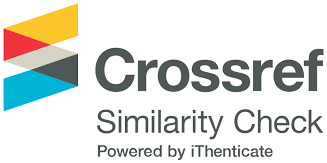Predictive maintenance approaches: A systematic literature review
Abstract
Purpose: Predictive maintenance (PdM) aims to optimize maintenance operations by detecting operational anomalies and potential equipment failures before they lead to costly unplanned downtime. The goal is to minimize reactive maintenance and reduce the frequency of preventive maintenance interventions. This paper evaluates PdM strategies using knowledge-based, physics-based, and data-driven models to propose an integrated approach that enhances prediction accuracy, aligning with Industry 4.0 goals.
Design/methodology/approach: A Systematic Literature Review (SLR) is conducted to examine the strengths and weaknesses of knowledge-based, physics-based, and data-driven models in predictive maintenance. The study assesses existing research, compares methodologies, and identifies opportunities for integrating these models to improve PdM outcomes.
Findings: The review indicates that no single approach—whether knowledge-based, physics-based, or data-driven—is sufficient to meet the comprehensive demands of predictive maintenance. Instead, an integrated approach that combines these three models provides more accurate and cost-effective maintenance solutions, supporting the automation and efficiency goals of Industry 4.0.
Research limitations/implications: The study's findings are limited by the availability of real-world data and case studies. Future research should focus on testing the proposed integrated model in diverse industrial contexts to validate its effectiveness across different sectors.
Practical implications: The proposed approach offers industries a more reliable framework for optimizing maintenance strategies, improving operational efficiency, and reducing costs associated with equipment failures and excessive preventive measures.
Social implications: By enhancing predictive maintenance, the integrated model supports sustainability efforts by reducing waste, improving resource utilization, and contributing to the longevity of machinery and equipment.
Originality/value: This research offers a novel contribution by integrating knowledge-based, physics-based, and data-driven models into a unified PdM approach. It provides valuable insights for both academia and industry, especially in the context of Industry 4.0.
Keywords
Full Text:
PDFDOI: https://doi.org/10.3926/jiem.8537
This work is licensed under a Creative Commons Attribution 4.0 International License
Journal of Industrial Engineering and Management, 2008-2026
Online ISSN: 2013-0953; Print ISSN: 2013-8423; Online DL: B-28744-2008
Publisher: OmniaScience






